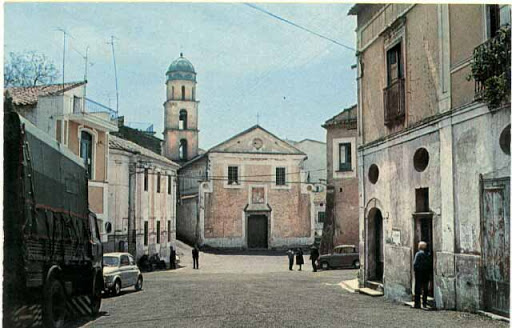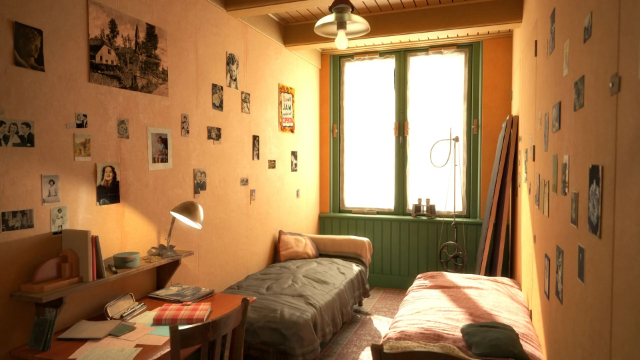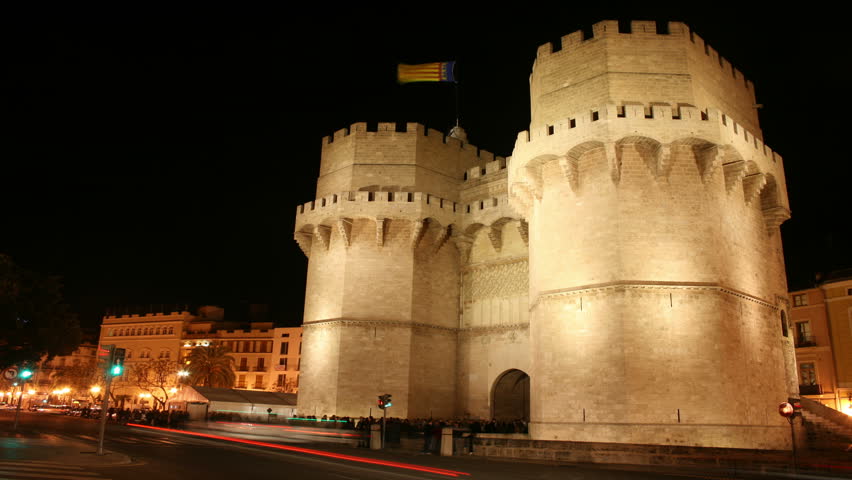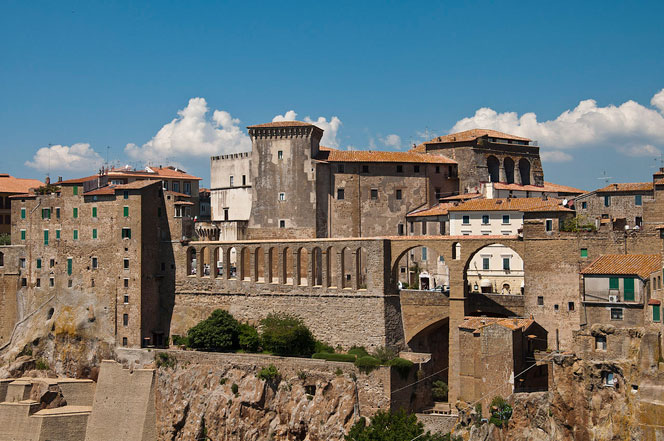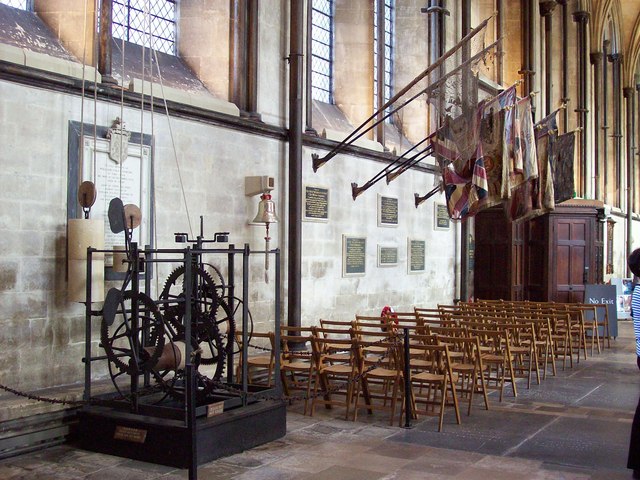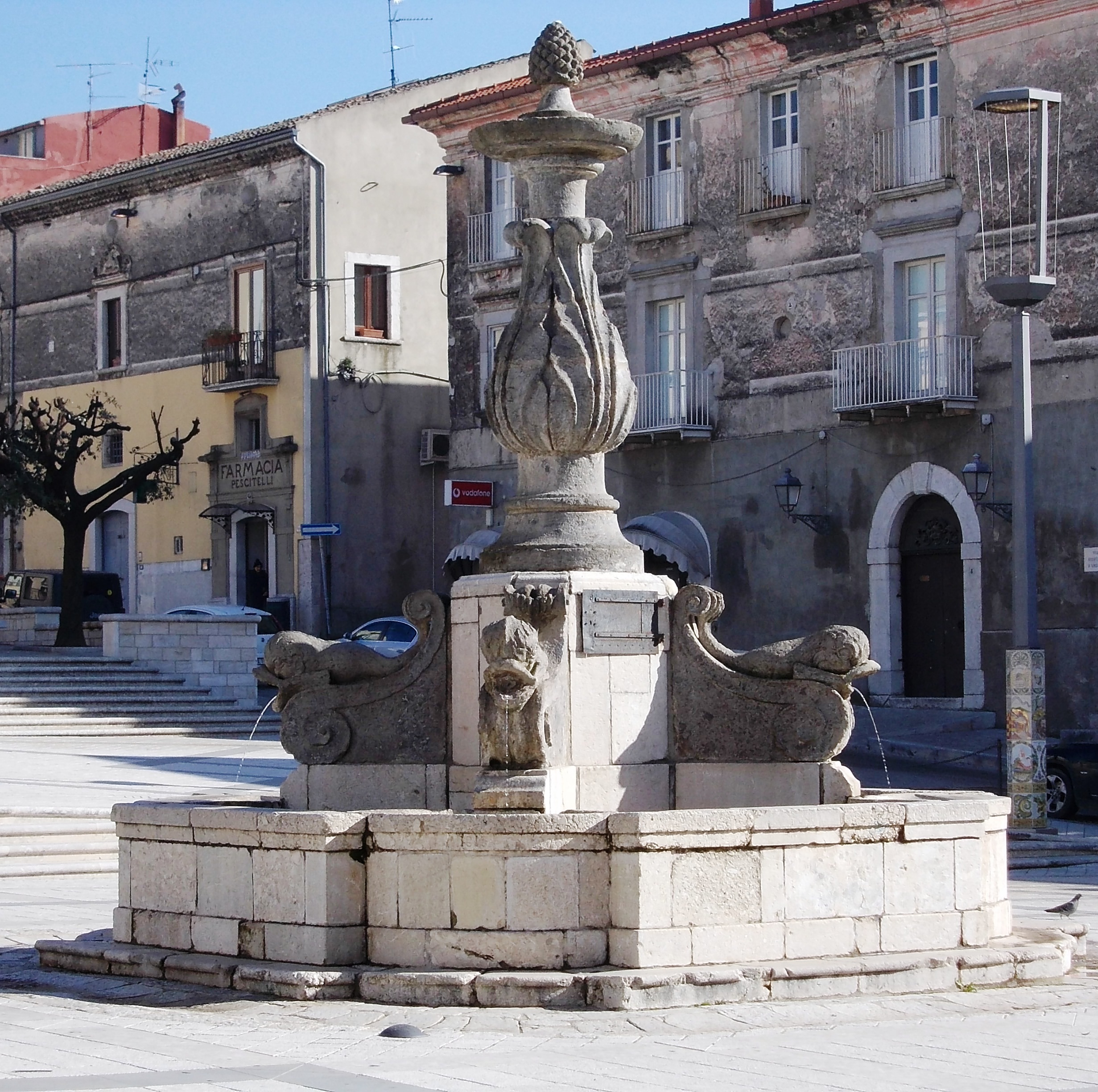‘urban layout is of ancient origins, it is first mentioned in the mid-11th century and probably dates back to the 10th, named Caput Sieti. It is a small architectural jewel that develops within a natural basin. The exceptional location is enriched by the presence of numerous noble palaces some of which are in good condition including the Pennasilico Palace, the Fortunato Palace, the de Pastina Palace, and the De Robertis Palace.
The organization of the urban space of this ancient village has remained substantially similar to the original one with the upper part (Sieti Alto) and the lower part (Sieti basso) and in a barycentric position the major widening, Piazza Convento dominated by the ancient Convent of the Servants of Mary and the adjacent Sanctuary of M. SS. Del Paradiso. The typically rural hospitality respects the rhythms of life and work in a hamlet that produces products of extreme quality especially hazelnuts tonda di Giffoni, EVO oil and chestnuts.
